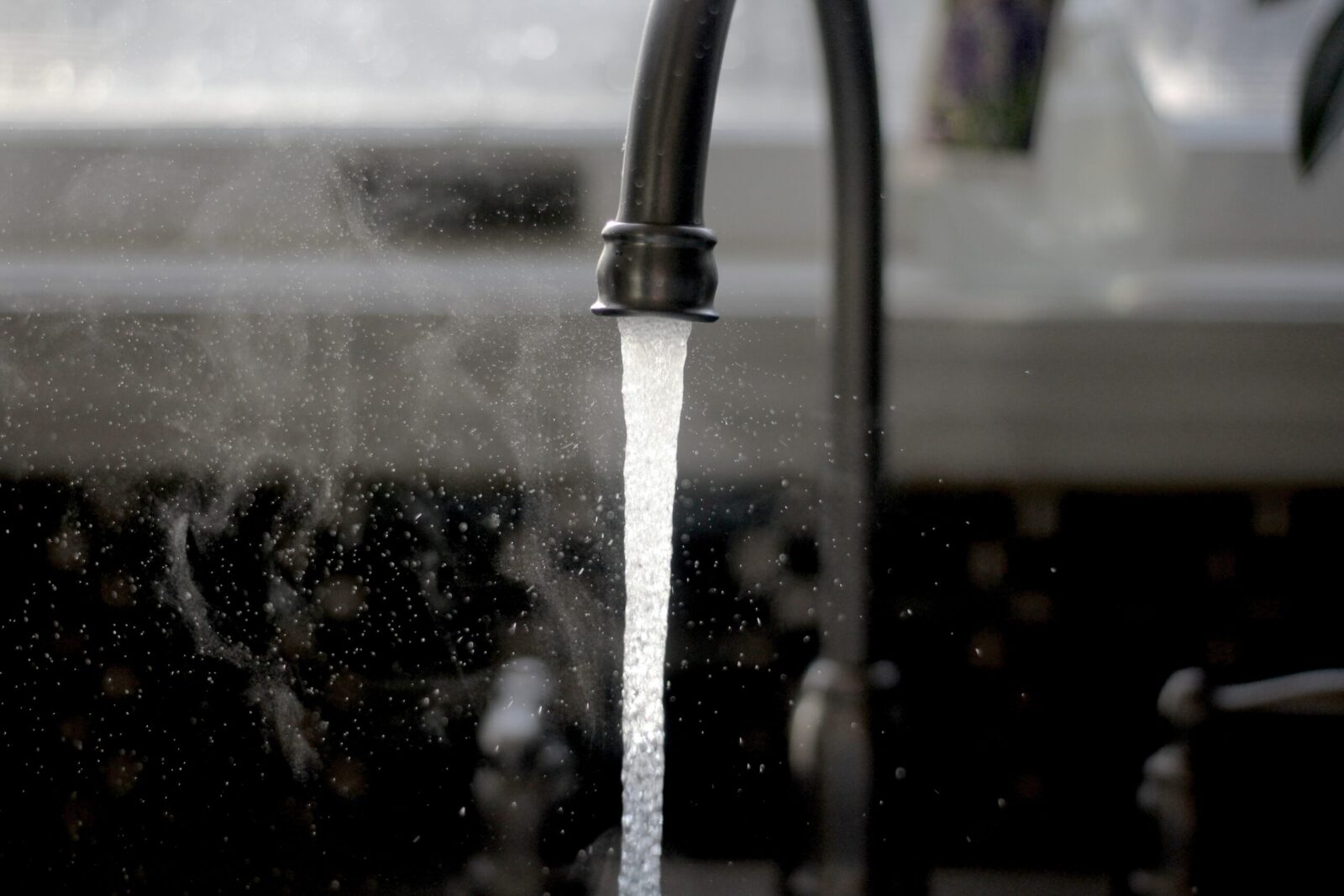There’s almost nothing more annoying than reaching for a plate before dinner and finding it dirty. In fact, there’s a whole day dedicated to preventing such a situation – No Dirty Dishes Day (aka May 18th).
In honor of this fun holiday, we decided to help you eliminate dirty dishes by tackling seven common dishwasher problems and helping you learn the super easy ways to fix them.
Problem #1 – Dishwasher won’t start

Of course, this only happens when you don’t have a clean plate in your home. First, check the electrical issues – did the circuit breaker flip off? Is the outlet working? Is the machine plugged in?
If that wasn’t the issue, check the dishwasher door latch. Is it bent or loose? Tighten the latch with a screwdriver, or if it’s broken, install a new latch.
If it’s neither of those, check the motor. With the circuit breaker flipped off to your dishwasher, move the spinner manually. If it won’t move, open the slotted cover and clean any debris or utensils that could be blocking it.
If the motor hums but doesn’t move, it’s probably the starter relay or belt. Call a professional to repair this issue.
Problem #2 – Dishwasher leaving residue on the top rack

You didn’t block the top spray arm with a big pot, right? That can cause the top rack area to miss the spray water.
Also, check the temperature of your hot water by putting on the tap and filling a cup. Then, drop a thermometer in it. The temperature should read between 120 and 150 degrees Fahrenheit. If the temperature is too cold, then the soap won’t dissolve and will leave residue.
vipTip: Set your hot water heater to 120 degrees Fahrenheit. This will help increase the energy efficiency of your home, and if you have toddlers, it will help to prevent scalding issues. (But always add hot water to cold water for baths!) Also, don’t forget to flush your hot water heater!
There might also be an issue with the spray arm. It may be clogged with bits of food or even mineral deposits. Simply remove the spray arm (you may need a socket wrench) and clean it with the help of a wire or a toothpick. If the particles remain, soak the arm in water and vinegar to dissolve them.
Problem #3 – White residue on dishes and glasses
Sounds like a hard water problem. Bummer. This means minerals will continue to build up in your dishwasher.
You can clean your dishwasher with vinegar by starting a wash cycle and letting the water fill. Add two cups of white vinegar to the water on the bottom of the dishwasher and then finish the wash cycle.
Continue to do this as needed or install a whole-house water filtration system to keep those minerals from your drinking, cleaning, and bathing water.
Problem #4 – Dishwasher spray arm not spinning

You didn’t overload the dishwasher, did you? That can stop the spray arm from spinning. Rearrange your dishes to see if the arm will move afterwards.
If the arm still isn’t moving, check the spray tower and hoses. You may need to clean the tower similarly to the spray nozzles. Verify that the hoses are attached properly.
If all that looks good, then the filter or water pump might be clogged. Different makes and models put the dishwasher filter in different areas, so check your manufacturer’s guide to learn how to clean your dishwasher filter. It’s easy to do with dish soap and an old toothbrush.
The general steps are:
- Remove the bottom rack of the dishwasher.
- Remove the filter (a cylindrical tube) on the floor of the unit by twisting it. (Check to see if your unit has a secondary filter that will need to be cleaned as well. It’s below the cylindrical one.)
- Wash the filter with warm, soapy water and scrub any food residue with a toothbrush.
- Clean the filter area of any remaining food particles or debris.
- Replace filter and twist-lock into place.
If the problem persists, call a professional to investigate further.
Problem #5 – Your dishwasher reeks
Getting rid of foul smells in your dishwasher is super easy, just like our blog title suggests. Start by cleaning out the filter like we just described and soaking the filters in warm water for about 10 minutes. Clean out the spray arm (like discussed in Problem #1) and clean out your unit with vinegar. To keep it smelling fresh, sprinkle a cup of baking soda on the bottom of your dishwasher and run a short cycle on HOT.
Don’t forget the gaskets – or those plastic seals around the edge of your dishwasher. Use a warm, damp cloth and remove any of the buildup you find there. This is a notorious place for food to get stuck and then grow mold. Yuck!
Problem #6 – Your dishwasher is leaking

Water and electricity do not mix, so before doing anything, cut the power to the unit from the breaker box.
Check the door gaskets to see if they’re damaged, and if so, replace. (This is a relatively simple DIY project.) Check the door latches, too!
Do you have a braided metal hose on your machine, or did your old rubber hose burst? If it’s the latter, replace the hose with a braided metal one.
Did you use the correct soap? If you used the normal dish soap, this can create excess bubbles (never thought that would be an issue), and the pressure against the door seal can lead to a leak. You should also avoid using dish soap when rinsing dishes.
Is your appliance leveled? If not, add shims until it’s level again.
A water inlet valve, which fills the dishwasher, could overfill your dishwasher or even prevent it from filling. Check for it on the lower left side under the access panel.
Unfortunately, if you find a hole at the bottom of your tub, it might be time to replace your dishwasher.
Problem #7 – Dishwasher not drying dishes
This could be an issue with the heating element, high-limit thermostat (ensuring your dishwasher doesn’t overheat), and the rinse aid dispenser. See that the heating element is working and the rinse aid is dispensed to help dry your dishes. If both of these are working, contact a dishwasher repair professional to investigate an issue with the high-limit thermostat. It might be turning off your dishwasher prematurely.
vipTip: Consider a home warranty for repairs that are beyond your DIY skills. Rather than paying an exorbitant amount on repairs, you’ll pay a monthly service fee. Learn more about home warranties and protect your appliances now.





